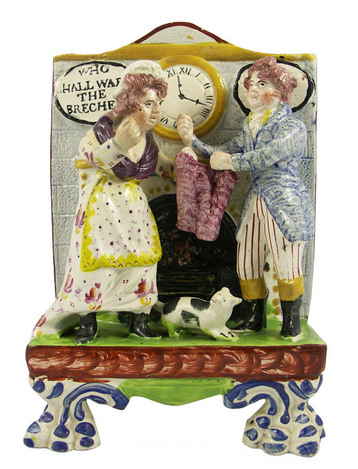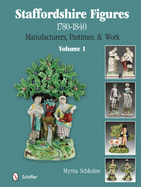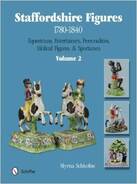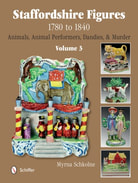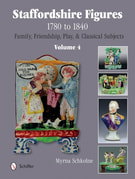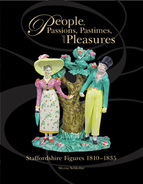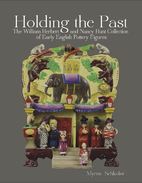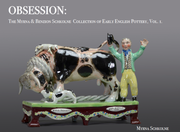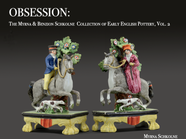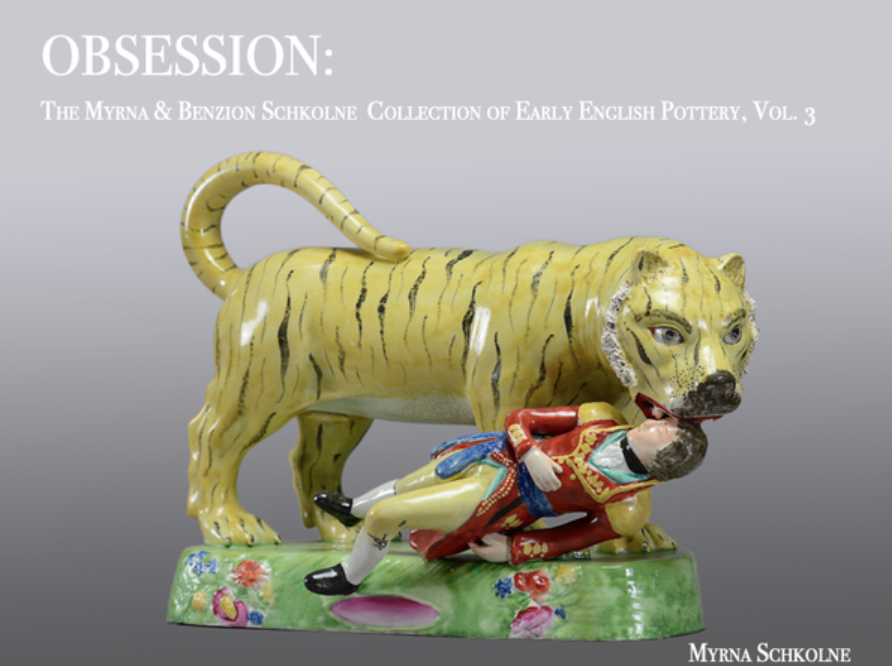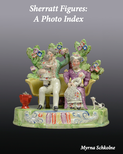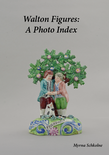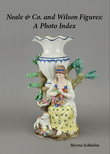Admittedly, my first three purchases were random. Then I bought every book and old auction catalogue I could lay my hands on, I visited museums (even lugging a 1980s videocam to England for just this purpose), and I watched what came onto the market. From that, I learned what made my heart skip a beat. Those were the figures I was going to wait for---and I am still waiting for some. Admittedly, the odd item not on The List made it into my collection, but usually the figure was a minor one that I liked and hadn't seen before--and there are not too many of those. Well, the purpose of all this is to ask you to think about why you buy what you do. I can't be the only one tormented by these thoughts!!
A long time ago, The List had on it a rare figure titled WHO SHALL WARE THE BRECHES. I had spotted one at the Park Lane Ceramics Fair, on Jonathan Horne's stand, and marked SOLD the moment the fair opened. I simply loved it and told a dealer I trusted that I wanted that figure group SO badly. The dealer knew of one in a collection he had visited and told me that circumstances would bring it onto the market in time. Well, inevitably the owners, two elderly ladies, died. My heart leaped. Nasty? Hmm....maybe. But when I die, I hope a whole lot of collectors go "Yippee" at the prospect of finally getting something from my collection. How flattering! Then, I heard that the ladies had left their collection to the National Trust. Despair! Just when I thought all was lost, the Trust decided to dump the collection at auction...and my heart filled with hope again.
At last, viewing day arrived and my dealer went to view my coveted figure. Believe it or not, the auction house had broken it--a minor break, the lady's arm. My sorrow was tempered by relief that the arm was still there, not lost, and could be reattached. And in due course, WHO SHALL WARE THE BRECHES came home.
Today, most marriages end in divorce, but by the early 1800s there was still no divorce law in England. That's because at marriage a woman ceased to exist legally. Instead, she became one in the eyes of the law with her husband--and he could hardly divorce himself! Of course, then as now, all did not go well in English marriages, and the age-old battle for the breeches, captured in Staffordshire clay, is a pointed reminder that in those times death was the only release from a miserable marriage.
Another interesting feature of WHO SHALL WARE THE BRECHES is the cat in the foreground. Little dogs are very common on Staffordshire groups, but cats are few and far between. That's because in the early 1800s the cat was not yet considered a domestic animal. In many areas, cats were still associated with witchcraft, and only later in the century was the cat welcomed into British homes.
